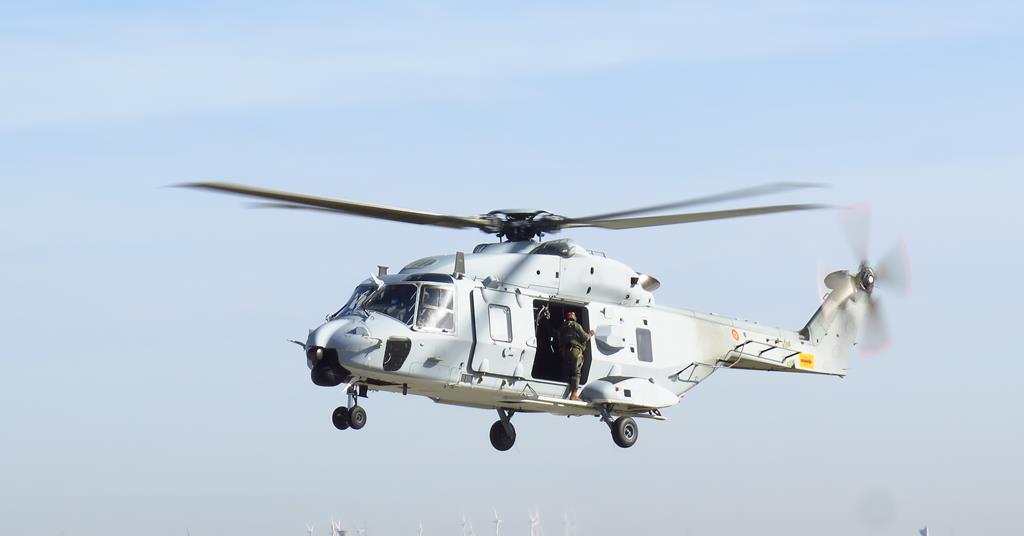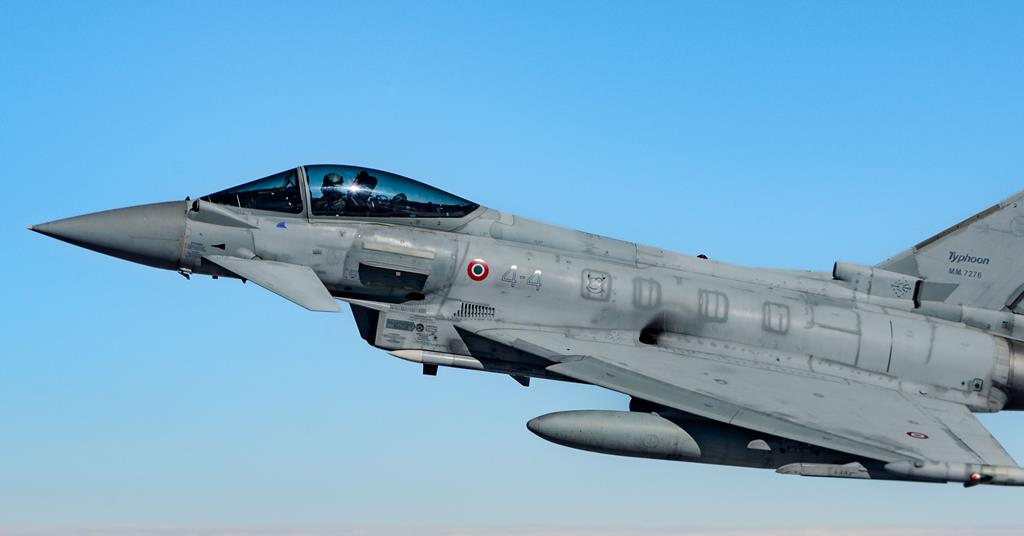Company
Legal Links
Contact
- +44 7947 753363
- contact@skylineairporttransfers.co.uk
- 6 Walsall Street Bilston Wolverhampton WV14 0AT
© Skyline Airport Transfers. Created by![]() Beaphoenix WebDesign ltd
Beaphoenix WebDesign ltd
Popular Locations:
Birmingham: Aston, Bournville, Edgbaston, Erdington, Great Barr, Hall Green, Handsworth, Harborne, Northfield, Quinton, Soho, Sutton Coldfield, Amblecote, Brierley Hill, Coseley, Cradley, Gornal, Halesowen, Kingswinford, Lye, Netherton, Sedgley, Stourbridge, Quarry Bank, Bearwood, Blackheath, Cradley Heath, Great Bridge, Old Hill, Rowley Regis, Smethwick, Tipton, Tividale, Wednesbury, West Bromwich, Balsall Common, Bickenhill, Castle Bromwich, Chelmsley Wood, Dorridge, Elmdon, Hampton in Arden, Kingshurst, Knowle, Marston Green, Meriden, Monkspath, Hockley Heath, Shirley, Aldridge, Birchills, Bloxwich, Brownhills, Darlaston, Leamore, Palfrey, Pelsall, Pheasey, Shelfield, Streetly, Willenhall, Bilston, Blakenhall, Bushbury, Compton, Ettingshall, Heath Town, Oxley, Penn, Tettenhall, Wednesfield, Burntwood, Lichfield, Cannock, Rugeley, KIDDERMINSTER, Brierly Hill,
STOURPORT-ON-SEVERN
Coventry: Allesley, Binley, Keresley, Stoke, Tile Hill
Leicester: Abbey Rise, Ashton Green, Aylestone, Beaumont Leys, Bede Island, Belgrave, Blackfriars, Braunstone, Braunstone Frith, Bradgate Heights, Clarendon Park, Crown Hills, Dane Hills, Evington, Evington Valley, Eyres Monsell, Frog Island, Goodwood, Hamilton, Highfields, Horston Hill, Humberstone, Humberstone Garden, Kirby Frith, Knighton, Mowmacre Hill, Netherhall, Newfoundpool, New Parks, North Evington, Northfields, Rowlatts Hill, Rowley Fields, Rushey Mead, Saffron, Southfields, South Knighton, Spinney Hills, Stocking Farm, Stoneygate, St. Matthew’s, St. Mark’s, St. Peters, Thurnby Lodge, West End, West Knighton, Western Park, Woodgate
Derby: Matlock, Ripley, Ashbourne, ILKESTON, SWADLINCOTE , BURTON-ON-TRENT, BAKEWELL,
ALFRETON, BELPER, HEANOR
Telford: Market Drayton, Newport, Shifnal, Broseley, Much Wenlock
Stoke: Stoke-on-Trent, Newcastle, Leek, Uttoxeter, Stone, Stafford
Worcester: Worcester, Droitwich, Pershore, Broadway, Evesham, Malvern, Tenbury Wells
Gloucester: Gloucester, Cheltenham, Stroud, Cirencester, Tewkesbury, Badminton, Berkeley, Blakeney, Chipping Campden, Cinderford, Coleford, Drybrook, Dursley, Dymock, Fairford, Lechlade, Longhope, LydbrookLydney, Mitcheldean, Moreton-in-Marsh, Newent, Newnham, Ruardean, Stonehouse, Tetbury, Westbury-on-Severn, Wotton-under-Edge.
Nottingham: Nottingham, Sutton-in-Ashfield, Mansfield, Newark, Southwell, Grantham, Sleaford
Leicester: Leicester, Hinckley, Loughborough, Melton Mowbray, Oakham Market, Harborough, Lutterworth, Wigston, Ashby-de-la-Zouch, Ibstock, Markfield
Oxford: Oxford, Kidlington, Chipping Norton, Thame, Wallingford, Didcot, Wantage, Abingdon, Banbury, Carterton, Woodstock, Bicester, Witney, Chinnor, Watlington
Chester: Chester, Deeside, Bagillt, Buckley, Holywell, Birkenhead, Preston, Wallasey, Wirral, Neston, Ellesmere Port, Prenton
Airports we serve:
BHX: Birmingham Airport
EMA: East Midlands Airport
LHR: London Heathrow Airport
MAN: Manchester Airport
LGW: London Gatwick Airport
LTN: London Luton Airport
SOU: Southampton Airport
BRS: Bristol Airport
LPL: Liverpool John Lennon Airport
LCY: London City Airport
STN: London Stansted Airport



Western nations are in a “race against time not to fall behind” in the development of so-called ‘sixth-generation’ combat aircraft, with the likes of Russia, but especially China, also seemingly making rapid strides.
Two European programmes – between France, Germany and Spain; and Italy and the UK, plus Japan – are gaining momentum, while the US Air Force (USAF) has picked Boeing’s F-47 to deliver its secretive Next Generation Air Dominance capability.
Beijing, meanwhile, surprised everyone when it made simultaneous flights with two advanced fighter concepts last December, including of a striking, three-engined Shenyang design widely referred to as the J-36.
But as Ukraine’s audaciously-mounted recent mass drone strike against multiple air bases throughout Russia illustrated, the face of warfare has forever changed, and once-feared strategic assets such as long-range bombers can be effectively neutralised by low-cost means which are increasingly difficult to counter at scale.
Fighter cultures clashed during another recent flashpoint, between neighbours India and Pakistan. Much uncertainty surrounds the events of aerial engagements which Islamabad claims resulted in its air force downing multiple Indian jets, including – if true – the first combat loss of a Dassault Aviation Rafale.
Chinese-built fighters and long-range air-to-air missiles are claimed to have played a key role, within a networked “kill web”, also involving the use of airborne early warning assets.
Propaganda is also alive and well in the next-generation world of air combat. Take as an example US President Donald Trump’s seemingly unscripted references to Washington pursuing a twin-engined development of the Lockheed Martin F-35, which he dubbed the ‘F-55’, and an enhanced ‘F-22 Super’ version of the USAF’s formidable, but numerically limited Raptor.
While such dubious and potentially murky claims may be intended to sow confusion and uncertainty, there is no doubt that all nations involved in such developments are placing great stock in the use of artificial intelligence (AI) as a means of gaining, and maintaining, a competitive edge during future conflict.
AI holds the promise of reducing pilot workload by finding key information from within a mass of generated data, but western officials already caution that some players – and specifically Russia, China, Iran and North Korea – will employ such technology with little regard for ethical considerations.
Against that backdrop, NATO’s 32 member nations have backed a proposal that would see their annual spending on defence climb from a current target of 2% of gross domestic product to 3.5%, topped up to 5% by further investment in the defence and security sector, such as on infrastructure, resilience and support for industry.
Only two NATO nations already met the 2% spending benchmark when it was set in 2014, with this rising to 22 last year. It remains to be seen if the broader 5% goal – which is due to be signed off during the alliance’s annual summit in The Hague in late June – will be achievable for a significant number of its members, and in a relevant timeframe.
The UK, for example, had recently set out an aspiration to hit the 3% mark by only the mid-2030s.
With the Trump administration indicating that it intends to reduce the US military footprint in Europe, and leave the continent to take more of a lead in defending its own patch, counting on the USA to bankroll others will no longer work.
Notably, of NATO’s estimated $1.3 trillion spend in 2024, the USA’s contribution was worth an estimated $818 billion – or 64%.
In this race against time, any delay in digging deeper for defence could prove catastrophic – and much sooner than in the long run.
Source link
Share This:
admin
Plan the perfect NYC Memorial Day weekend
Pack only what you need and avoid overpacking to streamline the check-in and security screening…
LA’s worst traffic areas and how to avoid them
Consider using alternative routes, such as Sepulveda Boulevard, which runs parallel to the 405 in…
Spanish navy eyes Standard 2 special forces variant for next batch of NH90s
Spain has confirmed its interest in the acquisition of an advanced special forces variant of…
Bangladesh signs LOI with Leonardo for Eurofighter Typhoon purchase
Bangladesh has signed a letter of intent (LOI) with Leonardo signalling its interest in acquiring…
Netherlands crew loads weapons on USAF F-35A in interoperability demonstration at Ramstein air base
Netherlands air force maintainers have demonstrated the ability to load weapons aboard a Lockheed Martin…
Air France A350 crippled by collapsed radome after bird-strike damage undetected
French investigators believe inadequate maintenance checks on an Air France Airbus A350-900’s radome led to…
Skyeton Prevail plans further Raybird UAV demonstrations after Iron Titan exercise success
Anglo-Ukrainian joint venture Skyeton Prevail Solutions is planning further UK demonstrations of its Raybird uncrewed…
Tractor pushed 737 into Stansted blast fence as driver focused on instructing trainee
UK investigators believe a tow-tractor instructor was focused on training another driver when the vehicle…
SunExpress chief Kownatzki to lead Eurowings as Bischof steps down
SunExpress chief executive Max Kownatzki will leave to take up the same position at Eurowings,…
Unidentified A350-1000 deal in November takes Airbus net orders to 700
Orders for eight Airbus A350-1000s from an undisclosed customer during November helped push the airframer’s…
Leonardo lands new support contract for Italian air force C-27J Spartan fleet
Leonardo has been awarded a new multi-year contract to provide continued in-service support for Italy’s…
RAF hails Boeing P-8A Poseidon maritime patrol capability after completing NATO deployment to Iceland
The UK Royal Air Force (RAF) has hailed the performance of its Boeing P-8A maritime…